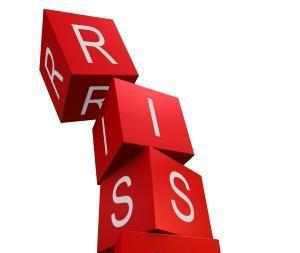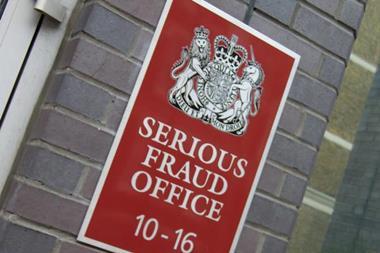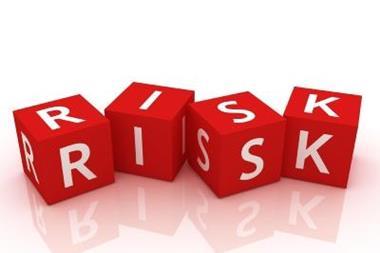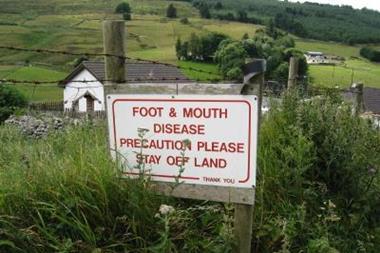Garry Honey explains the value of reputation and what organisations must do to address the issues
You are the Chief Risk Officer for a major financial services operator, you have a state-of-the-art risk framework and a team of competent risk managers; operational risks are well policed internally, market risks are shared with others in your sector and you have no great exposure to toxic debt. The board has just finished discussing how to announce disappointing last quarter figures, when the CEO pulls you aside and asks: ‘What are we doing about Reputation risk?’ How do you reply?
Not surprisingly, you play for time. Very few organisations know the value of their reputation so protecting the value at risk is virtually impossible. CEOs worldwide worry about reputation damage and yet only a handful take steps to incorporate it within their ERM culture. There are 5 simple steps the CRO must address:
1. What is the reputation of our organisation?
2. What is the risk to this reputation?
3. How do you measure the risk?
4. How do you manage the risk?
5. How do you report the risk?
What is reputation
An intangible asset that cannot be capitalised. It is a relationship between your organisation and any number of key stakeholder groups (it is possible to have more than one reputation). You have a reputation with someone for something. Reputation is a perception of character, the quality of which is determined by behaviour. If you don’t know what your stakeholders expect of you then you have an exposure to reputation risk. It is not the same as brand although in many organisations the risk is linked.
What is reputation risk
“Since the credit crunch we are seeing more CROs asking about reputation risk.
Risk to reputation exists as damage to value caused by misalignment of values, where stakeholders expect more or less than you deliver. Damage is more critical where performance falls below expectation than where is exceeds it. The severity of risk is determined by how easily stakeholder trust can be recovered, the cost and time required to repair a relationship after a damaging event; where there is disappointment this can be easy, where there is outrage this can be impossible.
How do you measure the risk
Relationship misalignment is best measured through a matrix of stakeholder expectations (external) and performance indicators (internal) to highlight gaps. Research into stakeholder expectations is best achieved through independent surveys among each of the primary stakeholder audiences, and some of the secondary ones. Risk to reputation can be shown on a radar, register or dashboard tool, its aim is not to show capital value but identify where stakeholder relationship damage could impact value.
How do you manage the risk
A relationship is managed by taking responsibility for nurturing it. Risk to reputation sits in the gap between expectation and performance, so managing the risk involves closing the gap. This means managing stakeholder expectations up or down and aligning performance to meet expectations up or down. The risk is eliminated when expectation and performance are aligned. Reputation risk is managed through a value alignment strategy: reduce uncertainty and deliver ‘no surprises’. Make sure that KPIs actually address stakeholder issues.
How do you report the risk
Identify reputation as a principal risk evidenced by a value alignment strategy. Reputation is earned through behaviour and reputation risk is not always a threat, it can be an opportunity for leverage. Reputation risk should appear as a strategic opportunity and not just a threat to value. Risk reporting has become tolerance driven ‘what losses are we prepared to accept’ when it should be appetite driven ‘what risk are we prepared to take’. Reputation is a silent and often under-utilised asset.
Since the credit crunch we are seeing more CROs asking about reputation risk. Many are fearful not only of a mauling in the financial press, but also unwanted attention from hedge funds short-selling their shares specifically to damage reputation and drive down value in order to profit. Reputation has become a weapon of choice in the more aggressive areas of the money market. The problem with reputation is that the owner is held responsible for something he doesn’t actually control.
Garry Honey is a Senior Fellow in the Centre for Risk Research at Southampton University and the founder of reputation risk consultants Chiron www.chiron.uk.net



















No comments yet